Why ethical clay sourcing matters to our craft
We often forget that clay carries a story. More than 40% of global clay extraction happens without community consultation, and that matters to us.
Sourcing affects soil, water, landscape, and livelihoods. It shapes studio safety, kiln emissions, and the social footprint of every object we make.
This playbook helps us choose better materials without losing quality or creativity.
Inside, we give practical criteria, a supplier‑vetting checklist, alternatives to reduce demand, and guidance for building fair, long‑term partnerships.
Our goal is simple: make art that honors people and place.
We want suppliers who share our values and communities who benefit from our craft. We can reduce harm while keeping creative freedom and quality.
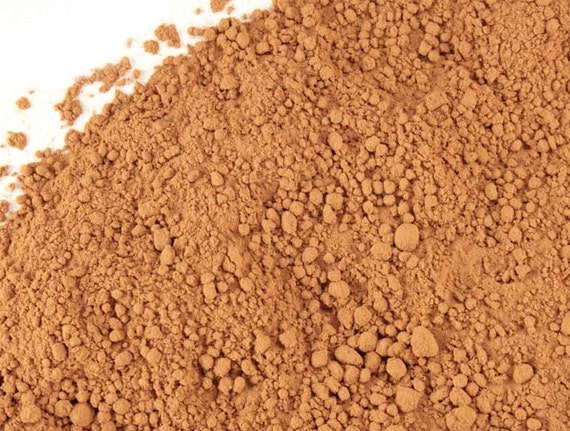
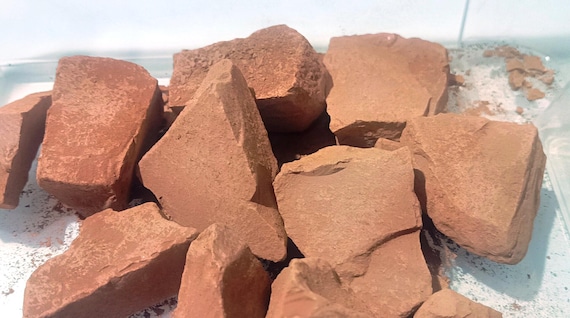
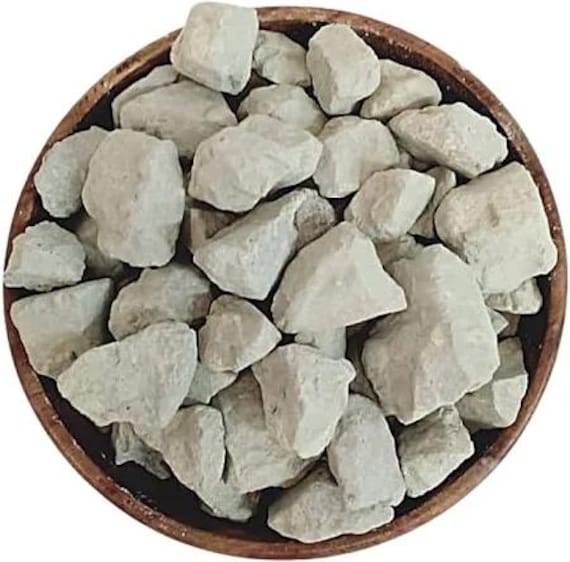
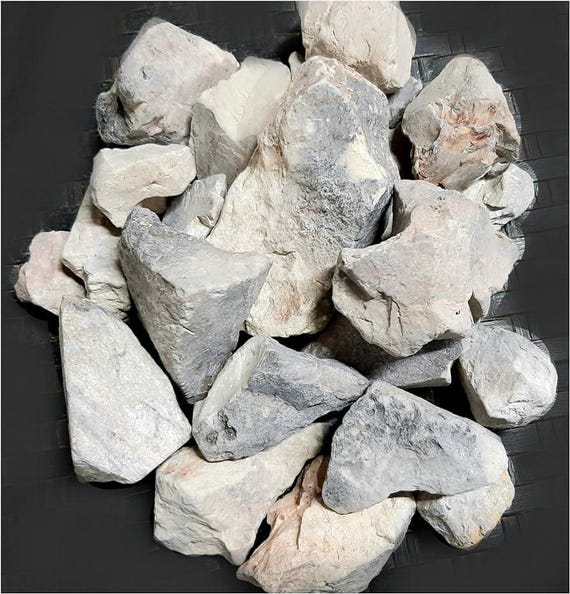
Using Clay to Source Top Candidates: A Simple Guide
Understanding clay and the impacts of extraction
We start by grounding ourselves in the materials we shape. Different clays behave very differently in the studio and their origins often explain why.
What clay types tell us
These technical differences affect use — porosity, drying behavior, glaze fit — but they also hint at extraction patterns. For example, ball clay is often mined in deeper pits, while kaolin may come from strata that require large-scale stripping.
Even a simple heart-shaped piece like the Food-Grade Burgundy Clay Heart Piece, 70-110g carries a supply-chain story: the color, texture, and safety of that final item begin at the dig site.
Common extraction methods
Ecological harms we see
Social consequences and risk signals
Translating extraction model into practical risk
When we know whether clay is hand-dug, dredged, or open-pit, we can prioritize questions and next steps: ask about reclamation plans for open pits, dust control and PPE for mechanized sites, and community consent for riverbed operations. That targeted understanding lets us choose lower-impact clays and probe suppliers more effectively in the next section.
Practical criteria for ethical sourcing: our checklist
We want a concise, usable checklist we can take to suppliers and use in procurement conversations. Below we break criteria into clear buckets and give quick how-to steps so we assess risks without getting lost in paperwork.
Environmental: what we look for and ask for
How-to: request photos of the site before/after extraction, recent environmental monitoring reports, and the name of the responsible environmental officer. We once declined a shipment when turbidity records showed repeated exceedances—photos helped confirm the issue.
Social: rights, safety, and livelihoods
How-to: ask for payroll snapshots, safety incident logs (anonymized), and a copy of the grievance flowchart. If they can’t show any of these, treat it as a high-risk supplier.
Transparency & traceability
How-to: ask for batch-level paperwork and an auditable trail—if they can’t produce it, insist on a lab-verified sample before purchase.
Technical: studio-ready checks
Tip: use a portable XRF (for screening, e.g., Olympus Vanta) and send suspect batches to an accredited lab (ICP-MS) for confirmation.
Red flags (act immediately if we see these)
How we vet suppliers and read the signals
A step-by-step vetting process
We use a practical, repeatable flow that fits a one-person studio or a production pottery collective.
- Prepare a short supplier questionnaire (see prompts below) and request origin documents, chain-of-custody, recent lab reports, and 2–3 representative samples.
- Do an initial screen: check documentation for gaps, run quick field screening (portable XRF or basic plasticity tests).
- Send suspect or priority batches to an ISO 17025 lab for contaminants (ICP-MS for metals) and performance testing (shrinkage, water absorption).
- Score the supplier using our simple scorecard and decide whether to invite a remote or in-person site assessment.
- Onboard in phases: sample order → pilot batch (small production) → 90-day quality review → scale.
Quick supplier questionnaire (high-value prompts)
Supplier scorecard (simple)
| Criterion | Score (0–5) | Notes |
|---|---|---|
| Origin traceability | ||
| Environmental controls | ||
| Labor & community practices | ||
| Lab-tested contaminants | ||
| Sample performance consistency |
Use 0–5 scoring, set a minimum pass threshold before ordering.
Interview prompts focused on reclamation & community
How to assess certifications & audits
Reading signals: positives vs warnings
Positive signs
Warning signs
Contract clauses and phased onboarding
Ask for short clauses: environmental remediation commitments, traceability guarantees (batch IDs), periodic reporting (quarterly monitoring), and remediation escrow for major impacts. Start with controlled volumes and acceptance criteria so we can test materials and relationships before larger commitments.
Alternatives, studio practices, and reducing demand
We shift from sourcing to stewardship: cutting demand for newly mined clay and squeezing more life from the material we already have. Below we share practical options and step-by-step studio habits that let us keep quality high while shrinking our footprint.
Lower-impact material choices
Simple reclamation workflow (how we do it)
- Collect fresh scraps and trimmings daily into labeled buckets (by clay body).
- Allow very wet scraps to settle; decant excess water to reuse for glaze mixing.
- For stiff or dried scraps: break or chip into small pieces, soak overnight in lukewarm water until paste forms.
- Drain, de-air by wedging or run through a pugmill (small-capacity models like Axner pugmills work well for studios) for 15–30 minutes.
- Bag or store in sealed tubs at workable moisture; make small test tiles before putting back into production.
Quality control for recycled clay
Studio tactics to reduce waste and demand
Substitutions and packaging
Practical trials, clear batch records, and small, repeatable workflows let us adopt these practices without risking product quality—often saving money and reducing incoming material by noticeable amounts.
Building long-term partnerships and advocating for better practices
Why long-term relationships beat one-off buys
Ethical sourcing isn’t a checkbox—it’s a shared journey. When we treat suppliers as partners, we create space for real improvements: small mines can justify investments in dust control, reclamation, or worker training because they see predictable demand. In one example from our network, a three-year commitment to a regional supplier helped them install a sediment pond and cut fine-clay losses by ~30%—a win for quality and the landscape.
Our engagement roadmap: practical steps
Working together: technical feedback and capacity building
We don’t just demand change—we help. Sharing simple technical feedback (e.g., sieve specs to reduce contaminants, optimized drying techniques) can cut waste and improve yield. Consider sponsoring short workshops or a shared technical manual. Small grants for PPE or a basic lab kit to test shrinkage and impurities often yield outsized returns.
Collective action: leverage our buying power
Pooling demand with other studios or buyer coalitions amplifies leverage. Join guilds, form regional buyer groups, or share vetted supplier profiles so reputations (good or bad) travel fast. A coordinated request for improved documentation or a joint RFP can push suppliers toward transparency faster than any single studio.
Communicating choices to customers
Be honest and specific: label provenance, note improvements (“sourced from X cooperative; we funded reclamation works”), and explain tradeoffs (higher cost, small color variation). Use photos and short stories to show progress—customers reward transparency and tangible impacts.
With these partnership tools and collective strategies in place, we’re ready to turn commitments into measurable change—and move into actionable next steps.
Putting ethics into practice: our next steps
We close with a call: adopt the checklist, run a small pilot to vet one or two clay sources, and commit to ongoing improvement and transparency. Start small, document results, and treat each step as learning — not perfection. Our checklist is a practical tool, not an endpoint.
We invite studios, suppliers, and educators to participate: share findings, swap reclamation techniques, and elevate supplier expectations together. Progress is iterative; small improvements in sourcing, reclamation, and studio practice compound. Commit with us to transparency and improvement so we can raise standards within our community.


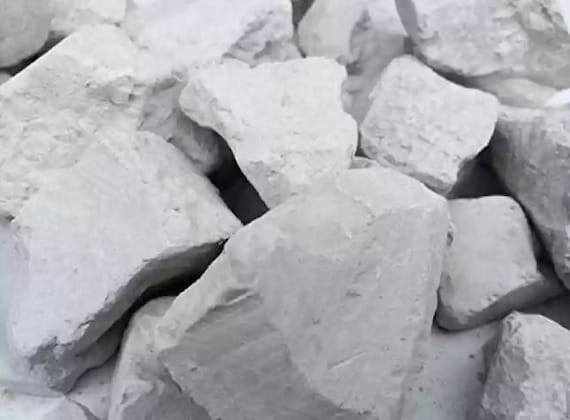
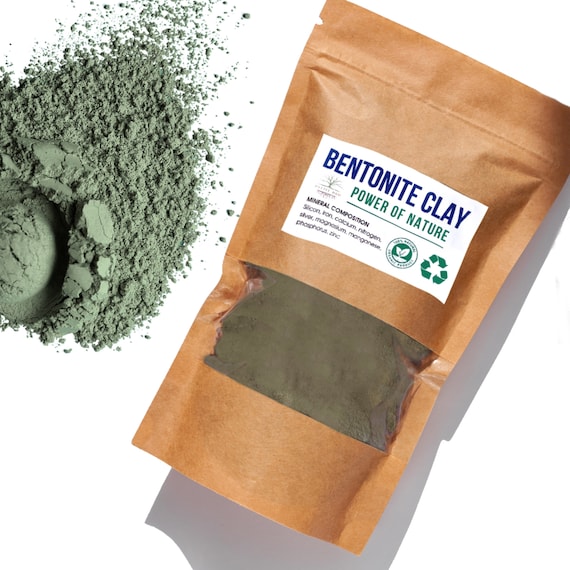


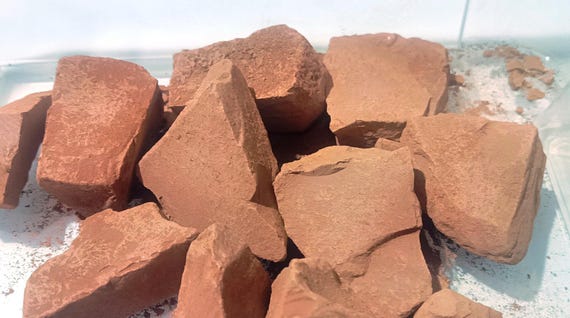
Random thought: is edible clay like Half-Roasted Nakumatt Edible Indian Clay subject to stricter sourcing rules? I know it’s sold as food in some places, which would mean different regs. The line between cosmetics, food, and art supplies gets messy.
Thanks — good to know. I won’t assume ‘edible’ equals safe everywhere.
Also watch out for labeling: ‘edible’ doesn’t always mean it’s tested for that country. Ask for specific lab reports or certs.
You’re right, Mia. Edible-grade clays often have additional regulatory hoops and testing. If you plan to use a clay for anything ingestible, ask for safety certificates and third-party testing. For studio-only use, those certificates still help indicate cleaner processing.
Quick rant: why is it so hard to find decent provenance info on popular listings? I clicked on several items including ‘Pure Bentonite Clay, 30–200g Natural Powder’ and the descriptions are basically copy-paste marketing. Can you recommend specific questions to ask sellers so they can’t hide behind fluff?
I hear you. Try asking: 1) Where exactly (region/village) was this clay sourced? 2) Who extracts it (company/co-op/family)? 3) Do you have photos of the extraction site or a reference? 4) Any third-party tests or certificates? Concrete, pointed questions reduce fluff.
Great list — thank you. Will use these next time.
Also ask about worker safety measures and whether they do any land rehabilitation after extraction. Those are big signals.
Really loved the checklist section — finally something practical. I did wonder about how you score suppliers when they only sell small batches on Etsy (like the Rhassoul Moroccan Red Clay for Skin listing). Do you treat small sellers differently? Curious how sustainable practices scale.
Totally agree with Marcus. Also: if a seller lists Food-Grade Burgundy Clay Heart Piece and answers your questions, that’s already a good signal.
Great question, Emma. We don’t penalize small sellers automatically. We look for transparency: clear origin, extraction method, and willingness to share photos or references. Small-batch sellers can be more ethical, but we still ask the same core questions from our checklist.
Yep — ran into the same issue. Small sellers were actually easier to talk to than brands. One provided mine with a short video of their site, which was super helpful.
Fun comment: ‘Putting ethics into practice: our next steps’ read like a mission statement. Love the ambition. Slightly worried about time/resources though — any tips to get a small studio to adopt this without feeling overwhelmed? 🙃
We did a monthly studio meeting (15 min) to review supplier notes. Low time, big impact.
Nice — that seems doable. Thanks!
Start with one small policy: e.g., from now on, all new clays must pass two quick sourcing checks. Track time spent and benefits. Gradual change wins — absorb a new habit each quarter.
This line stuck with me: ‘reduce demand by rethinking studio waste.’ I’ve been experimenting with rehydrating and reworking scraps instead of tossing them. Kind of a game-changer and saves cash lol. Anyone tried mixing small amounts of Pure Bentonite Clay back in to change texture?
I’ve done tiny additions of bentonite to scraps — improved workability but can make things more prone to cracking if overdone. Test, test, test!
Happy you found that useful, Marcus. Bentonite can change plasticity and drying behavior — use sparingly and test first. We usually recommend keeping records of test batches (weight, proportions, drying times).
Short and sweet: can someone explain the difference between ‘Half-Roasted Nakumatt Edible Indian Clay’ and ‘Premium Non-Roasted Nakumatt Natural Mineral Clay’ in terms of my studio use? I’m not using them for food but want to know if roasting affects plasticity or safety for firing.
fwiw I use non-roasted for handbuilding bc it’s friendlier to join, roasted for groggier texture in larger forms.
Roasting changes organic content and can affect color and workability. Roasted tends to be drier and less plastic (good for reducing shrinkage), while non-roasted is more plastic. For firing, both can be used but test for absorption and firing behavior first.
Okay, honest thought: the checklist is great but feels a bit academic for weekend potters like me. Could there be a ‘Quick Start’ version? Maybe just 3 top signals to look for on an Etsy listing. (Yes I saw Rhassoul Moroccan Red Clay and Pure Bentonite Clay listings that have zero words about extraction.)
A TL;DR would be so helpful. I’m a weekend maker too and don’t have time to deep-dive every time.
Good call, Oliver. We’re drafting a Quick Start one-pager with 3-5 immediate signals: clear origin, extraction method or worker info, and sample/testing policy. We’ll link it in the next post update.
Love the alternatives section. I started blending tiny amounts of local clays with the Premium Non-Roasted Nakumatt Natural Mineral Clay to reduce import needs. Results: lower carbon footprint + fun color shifts. Pro tip: keep a lab notebook 😂
Yes, small changes. I document percent mixes and results. Happy to share a sample table.
That sounds so fun. Did you notice any change in firing temperature or shrinkage?
Love the lab notebook shoutout — exactly the kind of practice we encourage. If you have photos of color shifts, we’d love to feature them in a community post (with credit).
Constructive nitpick: the ‘how we vet suppliers’ examples are useful but the article could include scripts for awkward questions like worker conditions and land use. Asking ‘Do you use sustainable extraction methods?’ sometimes gets a canned reply. Real wording matters.
Thanks, Lucas — noted. We’ll add a set of sample scripts and role-play examples. You’re right: specific phrasing gets more honest answers than broad terms.
Yes — ask for ‘photos of the extraction site taken this year’ and ‘references from two buyers who can confirm practices’ — that’s worked for me.
I appreciated the section on reducing demand — we tried swapping in a little Pure Bentonite Clay as a test and ended up making a whole line of smaller vessels to use less material. Also, typo on page 6? ‘Provenence’ — otherwise stellar work. 🙂
Thanks for the catch, Sophia! We’ll fix ‘Provenence’ to ‘Provenance’ in the next edit. Love hearing about your smaller-vessels line — creative and sustainable win-win.
Small vessels are great — less clay, faster firing, more sales per kiln load. Win.
Loved the vetting signals section. But I worry about greenwashing — some Etsy listings like ‘Plain Nakumatt 100% Natural Indian Mineral Clay’ read ethical but have zero provenance info. How do you push for better transparency without burning bridges with sellers?
Excellent point. We recommend a two-step approach: educate first (ask friendly, specific questions using our checklist), then offer resources — e.g., templates for provenance questions. If responses are vague after follow-ups, mark them for limited use until clearer info is provided.
Thanks — that script idea sounds useful. Would love to see a sample message in the article’s next update!
I message sellers politely and ask for photos of extraction, worker conditions, or if they work with a co-op. Most respond honestly. If they dodge, that’s a red flag.
Major props for the ‘building long-term partnerships’ section. We’re trying to set up a multi-year agreement with a supplier who lists ‘Premium Non-Roasted Nakumatt Natural Mineral Clay’ but they don’t do contracts. Any tips on how to secure commitments without legal drama?
We did a 6-month pilot with milestones and it worked. It felt less scary for the supplier and built trust.
Consider offering a small premium for guaranteed supply. Sometimes money seals the deal where legal language is a turn-off.
Start small with a pilot purchase and a mutual expectations document (not a contract), covering lead times, quality checks, and communication cadence. If that goes well, escalate to a more formal agreement with terms both sides can live with.